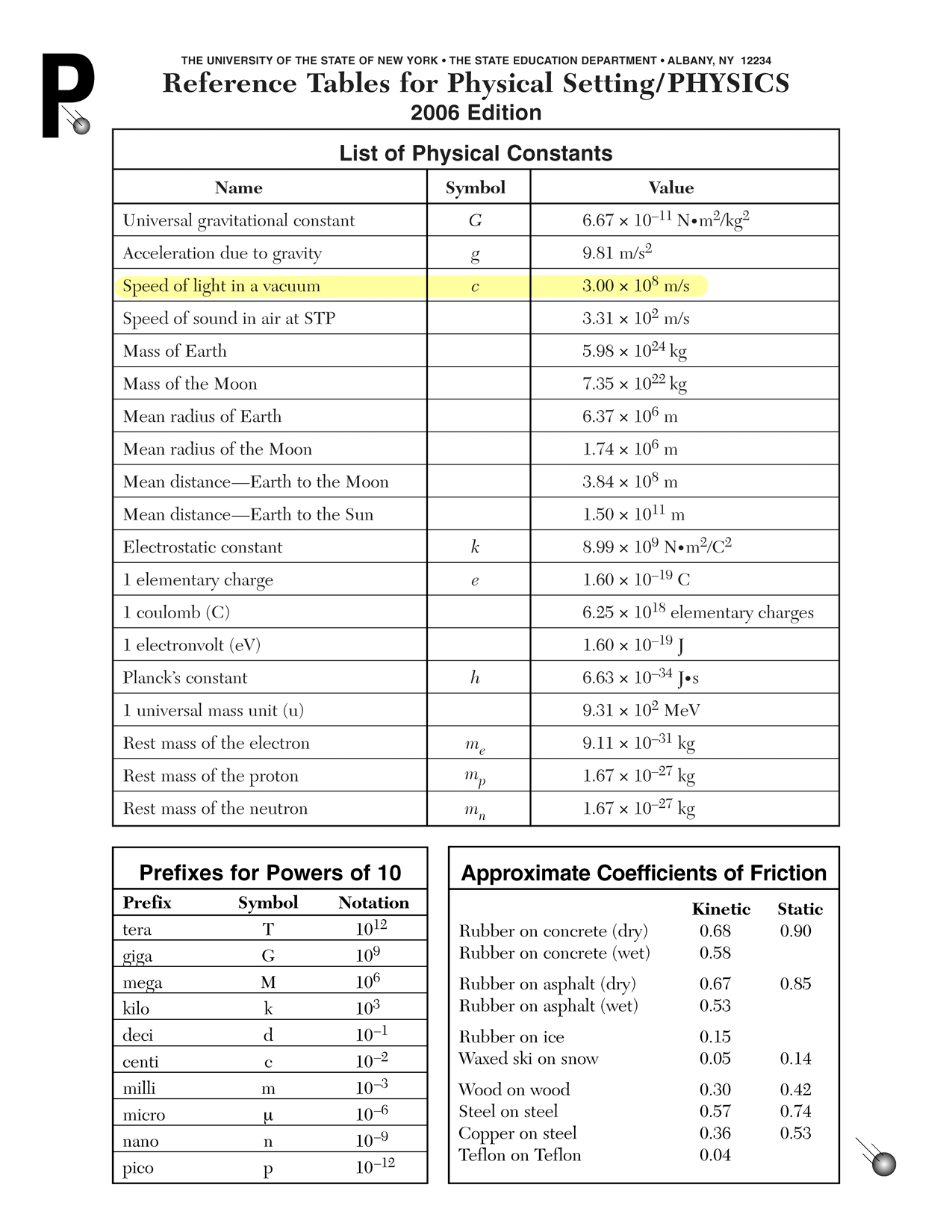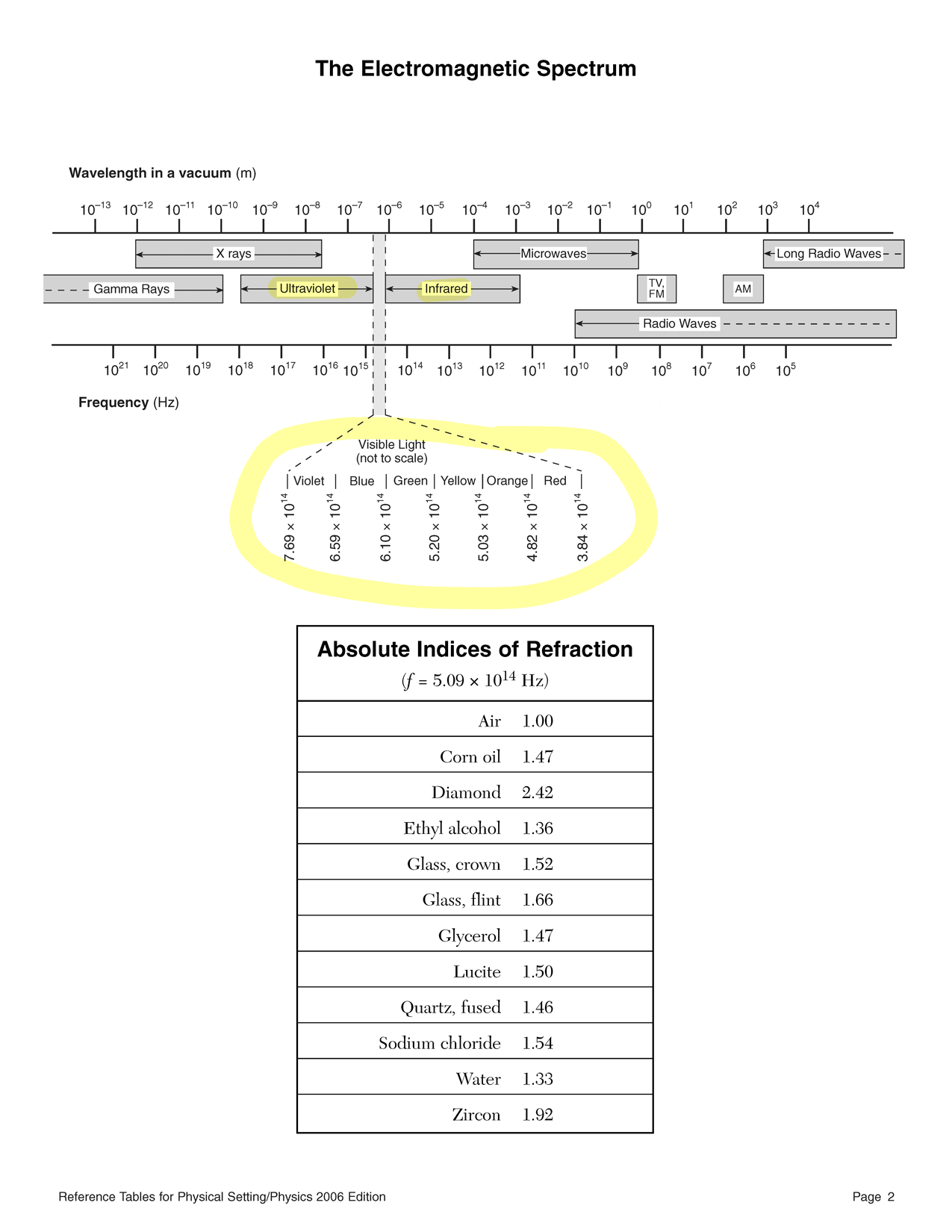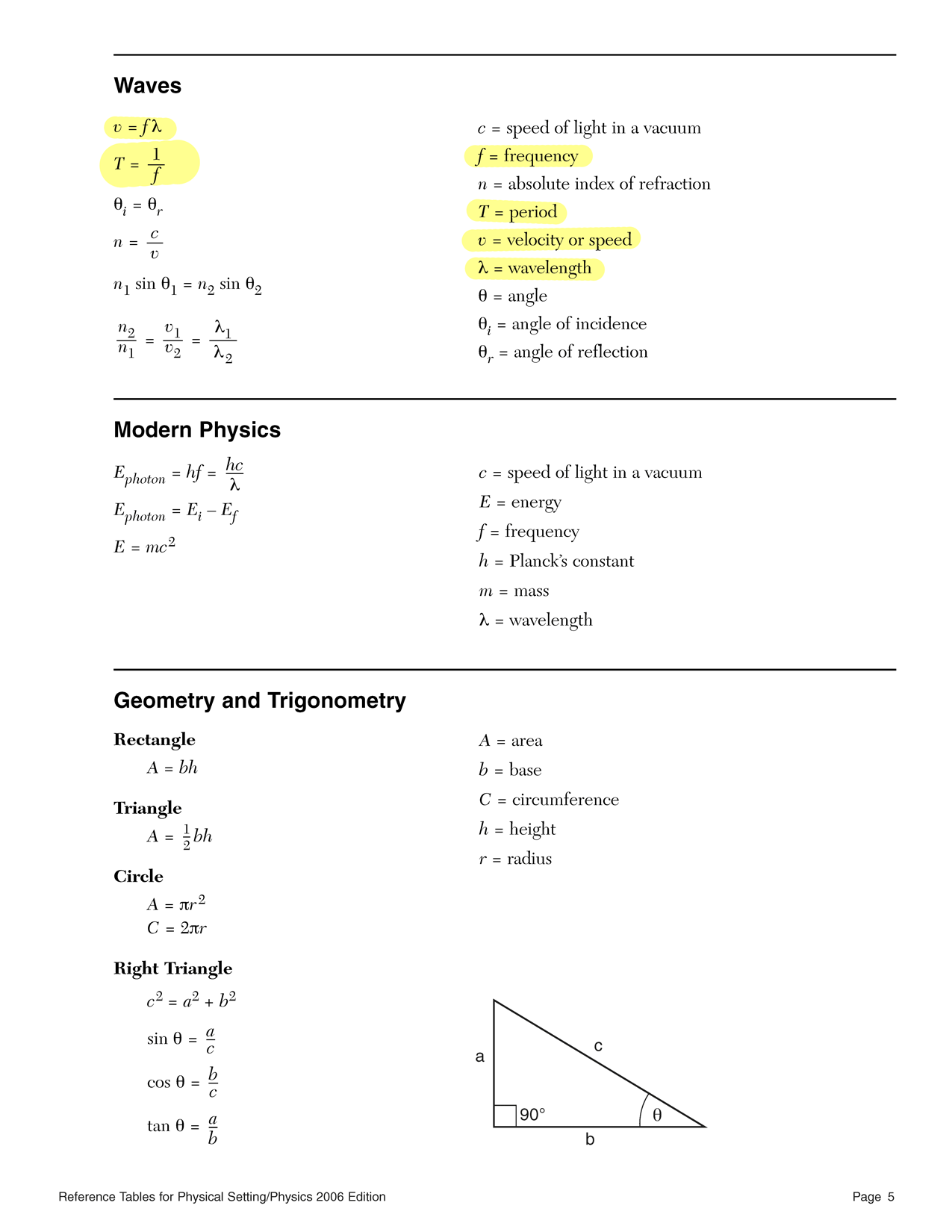Physics A: Problem Set 16: Diffraction, interference, polarization
recommended reading
| High Marks: | 4:25–4:27, 4:35–4:36 |
| Barron's Let's Review: | 12.7 Diffraction and interference of light |
| physics.info: | Diffraction & interference (light), Polarization |
| Wikipedia: | Diffraction, Interference (wave propagation), Double-slit experiment, Discrete spectrum (physics), Continuous spectrum |
| HyperPhysics: | Diffraction of sound |
| Khan Academy: | Interference of light waves |
| YouTube: | The brightest part of a shadow is in the middle |
| Mr. Machado: | 09 Diffraction |
sample problem
- Suppose you were the owner of a radio station and that you wanted to extend the range of your broadcast. Would it be wise to erect a second transmitting antenna to broadcast simultaneously with the first? How will a second transmitter affect reception? Explain your reasoning.The signals from two simultaneously transmitting antennas are going to interfere with one another. The interference pattern they produce will have alternating bands of constructive and destructive interference, something like the illustrations below. In the constructive regions, the signal will be strong. In the destructive regions, the signal will be weak. This is unlikely to be an advantage — unless the constructive regions happened to fall on populated areas and the destructive regions happened to fall on deserted regions.
Double source interference. The sources are closer together in the image on the right. Do not click on the animations if you have photosensitive epilepsy or a similar condition.
homework
- Why can't sound waves be polarized?Sound waves can't be polarized because they are longitudinal.
- For what portion of the electromagnetic spectrum could a picket fence be used as a diffraction grating? Explain your reasoning.
The ridges in a typical diffraction grating that students might use are spaced about 10−6 m apart. This is on the same order as the wavelengths of visible light. The pickets in a picket fence are about 10 cm apart (or 10−2 m, if you prefer). According to one trusted reference, this is solidly in the microwave portion of the electromagnetic spectrum.
- For each of the following examples, state whether the source of light produces a spectrum that is mostly continuous or mostly discrete. Compile your results in a table like the one below.
Identify the spectral type with a check mark (√) source continuous discrete blow torch candle flame cathode ray tube emission nebula firefly fluorescent tube glow stick incandescent bulb laser LED neon sign plasma display the Sun red hot metal Identify the spectral type with a check mark (√) source continuous discrete blow torch √ candle flame √ cathode ray tube √ emission nebula √ firefly √ fluorescent tube √ glow stick √ incandescent bulb √ laser √ LED √ neon sign √ plasma display √ the Sun √ red hot metal √





